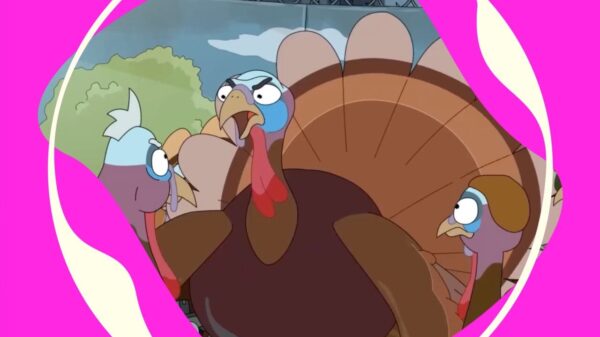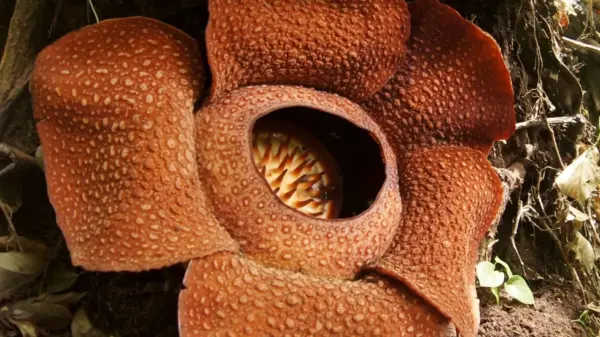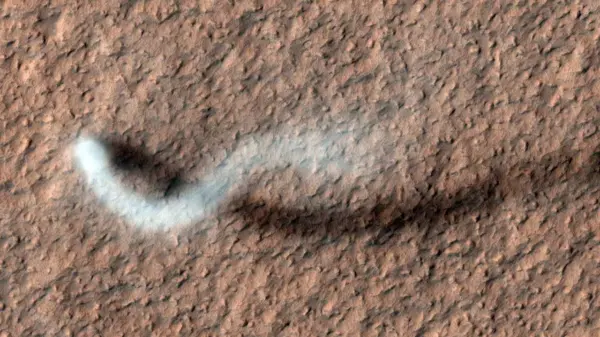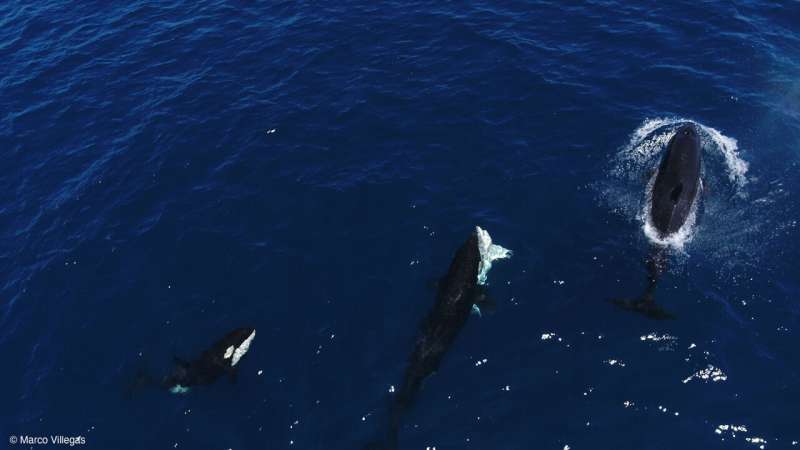Recent observations in the Gulf of California reveal a specialized pod of orcas, known as Moctezuma’s pod, engaging in predatory behavior against young great white sharks. Researchers captured footage of these orcas flipping the sharks upside down to consume their nutrient-rich livers, highlighting an emerging hunting strategy that may be linked to changing environmental conditions.
The pod’s behavior, documented during routine monitoring, involved two notable hunts. In August 2020, five orcas were seen pursuing a juvenile white shark, turning it upside down, and ultimately extracting its liver. A similar hunt occurred in August 2022, where the orcas again demonstrated their coordinated hunting techniques against another juvenile shark. Marine biologist Erick Higuera Rivas, project director at Conexiones Terramar, emphasized the orcas’ intelligence and strategic thinking in these predatory acts.
Understanding the Hunting Techniques
The technique of flipping a shark upside down triggers a state known as tonic immobility, rendering the shark defenseless. This ability to immobilize their prey allows the orcas to access the liver and potentially other organs while leaving the majority of the carcass behind. Higuera noted that this hunting behavior underscores the orcas’ sophisticated social learning, as these techniques are likely passed down through generations within their pods.
Dr. Salvador Jorgensen of California State University pointed out that this is the first time orcas have been observed consistently targeting juvenile white sharks. Adult white sharks tend to evade orca attacks by swiftly leaving their seasonal gathering areas, but juveniles may not possess the learned responses to avoid such threats. “We just don’t know yet whether white shark anti-predator flight responses are instinctual or need to be learned,” he said.
Impact of Climate Change on Shark Populations
The orcas’ new hunting patterns may be linked to shifting distributions of great white sharks due to climate events like El Niño. These changes have altered shark nursery areas, increasing the presence of juvenile white sharks in the Gulf of California. As a result, the Moctezuma pod may have found an opportunity to exploit this vulnerable population. Each new cohort of juveniles presents a potential seasonal target for the pod.
While the initial observations provide insight into the orcas’ diet, the research team plans to conduct a broader survey to confirm whether the pod regularly hunts white sharks or primarily focuses on juveniles when they are available. Dr. Francesca Pancaldi from the Instituto Politécnico Nacional emphasized the need for more data to understand the feeding behaviors of these killer whales and to guide conservation efforts effectively.
As scientists gather more information, they aim to identify critical habitats for orcas and develop management plans to mitigate human impact. This research not only enhances our understanding of orca behavior but also contributes to the conservation of shark populations in the region.
For further details, refer to the article titled “Novel evidence of interaction between killer whales (Orcinus orca) and juvenile white sharks (Carcharodon carcharias) in the Gulf of California,” published in Frontiers in Marine Science.



































































